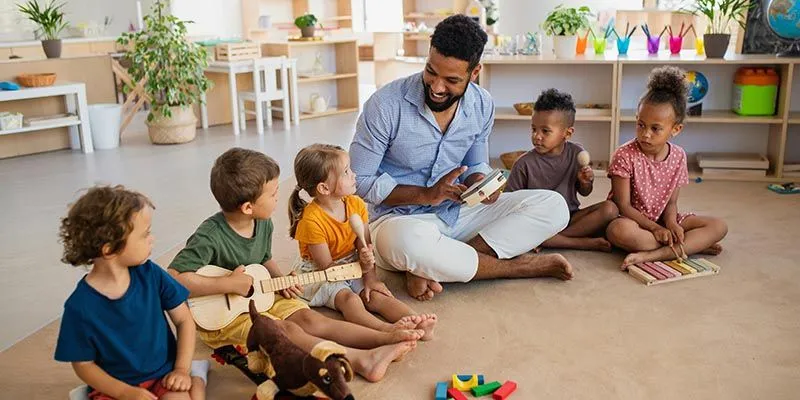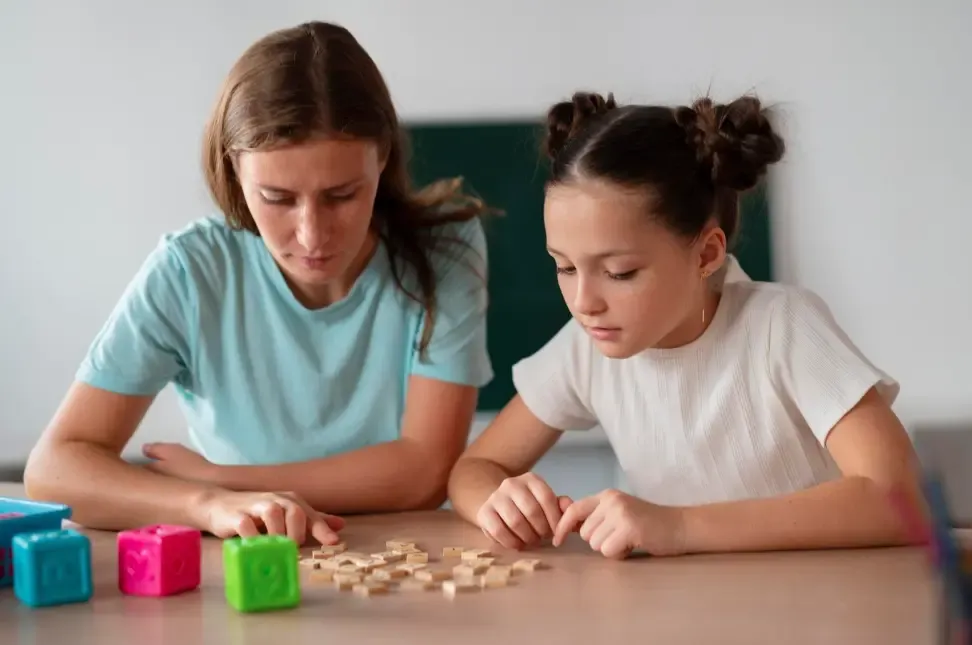
Discipline with Dignity: Proven Positive Parenting Techniques That Work
Discipline is a imperative portion of raising children, but how it's conveyed can shape a child's enthusiastic and mental advancement. Conventional punishment-based models are progressively giving way to more valuable approaches—positive child rearing strategies for teach. These strategies point to redress behavior without harming a child's self-esteem, centering instep on direction, sympathy, and clear communication.
In this comprehensive direct, we’ll investigate the best positive child rearing strategies to instill teach, cultivate believe, and advance long-term behavioral advancement in children.
What Is Positive Parenting?
Positive child rearing is a child-rearing approach based on common regard, compassion, and positive support. Or maybe than rebuffing terrible behavior, it emphasizes understanding the root causes and directing children toward way better choices. This strategy fortifies the parent-child bond and empowers agreeable behavior without fear or shame.
Why Positive Teach Matters
Discipline ought to be around educating, not rebuffing. Positive child rearing recognizes that children are still learning how to oversee their feelings, driving forces, and social intelligent. When guardians center on aware communication and steady desires, children learn:
- Emotional regulation
- Responsibility for actions
- Problem-solving skills
- Empathy and cooperation
According to the American Foundation of Pediatrics, positive teach leads to superior mental wellbeing results, scholarly execution, and social aptitudes compared to corrective strategies like punishing or yelling.
1. Set Clear and Reliable Boundaries
Children flourish on structure and consistency. One of the to begin with steps in positive child rearing is setting clear, reliable rules. These boundaries ought to be age-appropriate and clarified in basic terms.
Tips:
- Use visual charts for youthful children (e.g., a morning schedule checklist).
- Be consistent—if sleep time is at 8:30 PM, uphold it each night.
- Explain the "why" behind the run the show: "We wash hands some time recently eating to remain healthy."
Clear desires diminish perplexity and offer assistance children internalize great propensities over time.
2. Utilize Common and Consistent Consequences

Instead of forcing self-assertive disciplines, let your child involvement common results. These are results that happen as a coordinate result of their actions.
Example:
- If your child denies to wear a coat, they may feel cold exterior (a characteristic consequence).
- If they break a toy by tossing it, they can’t play with it any longer (a consistent consequence).
- This instructs responsibility and makes a difference children learn the affect of their choices without fear.
3. Center on Positive Reinforcement
Children react way better to laud than discipline. Recognizing and fulfilling great behavior empowers reiteration of those actions.
Ways to strengthen positively:
- Verbal laud: “I’m glad of you for sharing with your sister.”
- Stickers or remunerate charts for more youthful kids.
- Extra recess or a story as a compensate for taking after rules.
Be particular in your laud so the child gets it precisely what behavior was appreciated.
4. Hone Dynamic Listening
Sometimes, a child’s misbehavior is a sign they’re not feeling listened. Dynamic tuning in approves their feelings and advances passionate intelligence.
How to hone dynamic listening:
- Get down to the child’s eye level.
- Maintain eye contact.
- Reflect their sentiments: “It sounds like you’re disturbed since you needed more time to play.”
This approach de-escalates pressure and makes a difference children learn to express themselves constructively.
5. Time-In Instep of Time-Out
Traditional time-outs can feel separating to children. A time-in offers a more steady elective where the parent remains with the child amid enthusiastic outbursts.
Benefits of time-ins:
- Encourages enthusiastic regulation
- Builds trust
- Offers a chance to examine sentiments and behaviors afterward
For illustration, if your little child has a emergency, take them to a calm corner and say, “I’m here with you. Let’s breathe together until you feel better.”
Read More:- Positive Parenting Techniques You Can Use
6. Show Wanted Behavior
Children learn more from what guardians do than what they say. If you need your child to be conscious, fair, and calm beneath weight, show those behaviors consistently.
Modeling tips:
- Apologize when you make a mistake.
- Speak calmly indeed when you're upset.
- Use conscious dialect at all times.
Children mimic grown-up behaviors, so appearing passionate control instructs them to do the same.
7. Grant Choices and Empower Independence
Giving children age-appropriate choices engages them and diminishes control struggles.
Examples:
- “Would you like to wear the ruddy shirt or the blue one?”
- “Do you need to do homework presently or after nibble time?”
Choices donate children a sense of control, making them more likely to cooperate.
8. Instruct Problem-Solving Skills

Discipline is not fair around redressing behavior—it’s almost preparing children with aptitudes to handle future challenges.
How to instruct problem-solving:
- Identify the issue together.
- Brainstorm conceivable solutions.
- Discuss the results of each option.
- Let the child select a arrangement and attempt it.
Over time, children ended up more autonomous masterminds and decision-makers.
9. Maintain a strategic distance from Disgracing or Labeling
Calling a child “bad” or “naughty” can hurt their self-image. Partitioned the behavior from the child.
Instead of saying, “You’re being bad,” say, “Throwing toys isn’t secure. Let’s discover a superior way to appear you're upset.”
Positive teach is almost rectifying the behavior without assaulting the child's character.
10. Utilize Schedule and Structure
Daily schedules offer assistance children feel secure and decrease behavioral issues. When kids know what to anticipate, they are less likely to resist.
Structure suggestions:
- Set steady mealtimes and bedtimes.
- Use visual schedules.
- Prepare children for moves: “In 5 minutes, we’ll halt playing and begin dinner.”
This consistency bolsters passionate soundness and cooperation.
Challenges and How to Overcome Them
Positive child rearing isn’t continuously simple. Guardians may battle with consistency, passionate depletion, or time limitations. Here are a few tips to remain on track:
- Self-care: Take care of your claim mental wellbeing to stay calm and present.
- Parenting bolster bunches: Interface with others utilizing comparative techniques.
- Professional offer assistance: Look for direction from child analysts or child rearing coaches when needed.
- Remember, advance over flawlessness is key.
Conclusion
Positive child rearing methods for teach offer a aware, compelling elective to conventional punishment-based strategies. By emphasizing compassion, communication, and consistency, guardians can raise well-behaved children who feel cherished, certain, and candidly secure.
Using these methods not as it were progresses your child’s behavior but moreover reinforces your relationship, laying a establishment for common regard that keeps going a lifetime. Positive teach isn’t around being permissive—it’s around instructing children how to select right over off-base, with sympathy as your guide.
FAQs
Q1: At what age ought to I begin utilizing positive teach techniques?
You can begin as early as earliest stages by utilizing calm tones and steady schedules. Strategies like characteristic results and dynamic tuning in are successful from toddlerhood onward.
Q2: Does positive teach cruel no consequences?
No. Positive teach employments common and consistent results or maybe than correctional ones. The objective is to educate, not punish.
Q3: What if positive child rearing doesn’t work immediately?
Consistency is key. It may take time for children to alter, but determination with these strategies leads to long-term behavioral improvements.
Q4: Can positive teach work with teenagers?
Yes. Youngsters react well to shared regard and independence. Clear communication, dynamic tuning in, and collaborative problem-solving are particularly effective.
Q5: How do I remain calm when I’m frustrated?
Practice profound breathing, take brief breaks, and keep in mind that your reaction educates your child how to oversee solid feelings.


